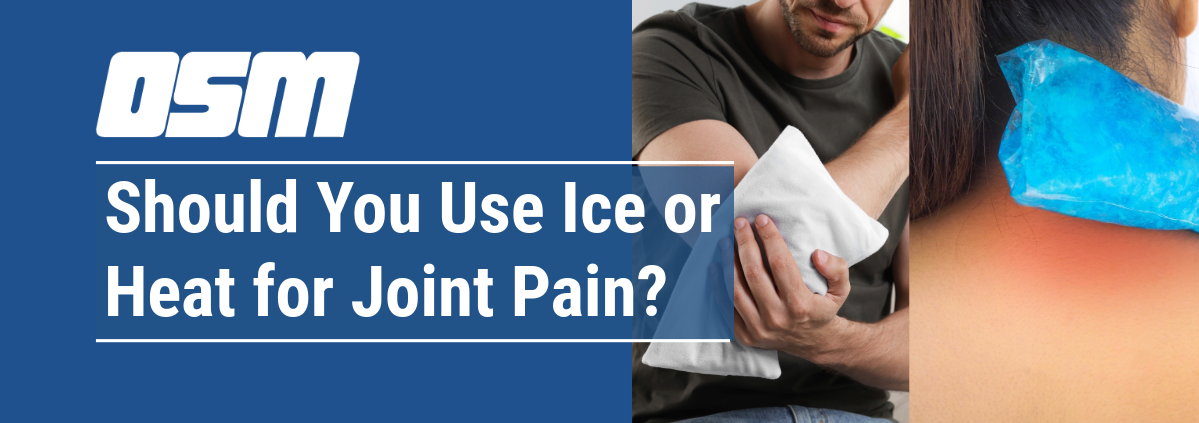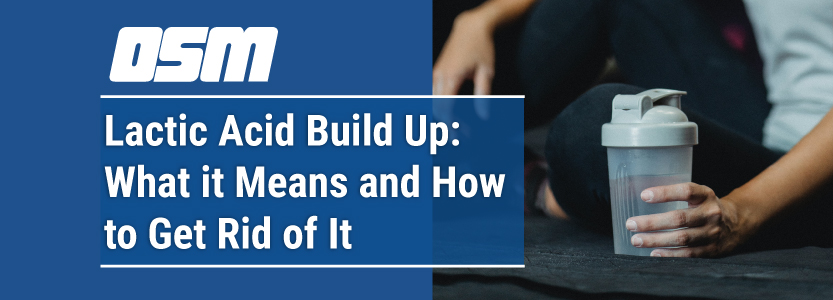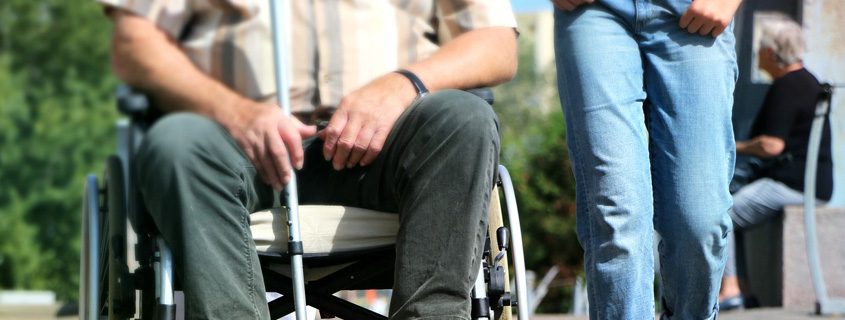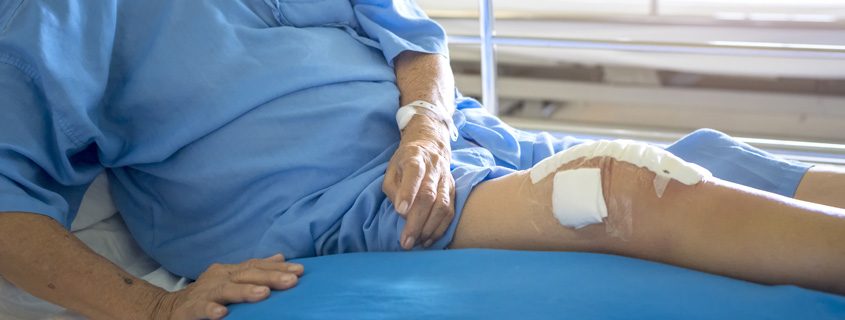Tips for Fracture Recovery
Article featured on Spine and Orthopedic Center of New Mexico
Fractures are an unfortunate part of life, but they often heal without any long-term damage when treated properly. Part of the treatment for a fracture in your body is immobilization, which often comes in the form of a cast or splint. Because these help to hold your bone in place as it heals, proper care for the cast is essential for your bone to recover.
Understanding the different types of casts
After you break a bone, it needs to be stabilized in order to heal. Sometimes, this requires surgery. However, many times, all that’s needed to stabilize your fracture is a cast to keep the bone in place.
There are several different types of casts, each with their own advantages and disadvantages. The type of cast used depends on several factors, including the area that’s injured and your age. The Spine and Orthopedic Center of New Mexico team takes all of these factors into account when deciding on the best cast material for you. The most common types of casts include:
Plaster casts
Plaster casts are often simpler to mold around the fracture than other materials. While plaster is heavier than fiberglass casting, it is also much less expensive. Plaster does take longer to fully set, meaning you’ll need to limit activities for a few days.
Fiberglass casts
Fiberglass is a much lighter material than plaster, but it’s more difficult to mold around certain areas of your body. Fiberglass casts are more breathable, which makes them more comfortable to wear for long periods than plaster. This casting material also allows for X-ray imaging without removing the cast.
Splints
Splints are a removable type of cast that’s often used in the first few days when you’re dealing with a lot of swelling in the area of the fracture. They have a hard outer shell with padding inside for support. After the initial swelling has gone down, we can remove the splint and apply a more sturdy cast if necessary.
How to properly care for your cast
After you’ve broken a bone and have a cast on, it remains in place until your bone has healed. This means you have several weeks to months of caring for the cast.
Proper care of your cast is vital to the healing process. Here are a few tips when it comes to cast care:
- Keep the cast dry
- Avoid getting the cast dirty
- Avoid excess pressure on the cast
- Cover the cast when showering
- Don’t put lotions or powders inside the cast
- Don’t attempt to trim or file the cast yourself
After a few weeks, the skin underneath your cast can become itchy and uncomfortable. However, it’s best to avoid sticking anything down in the cast to scratch your skin. This can cause more harm than good, as you could open an area of skin, and it may become infected.
It’s also important to let our team know if you notice any strange odors coming from the cast. If there’s moisture accumulation on your skin under the cast material, it can lead to bacterial growth, which ultimately can break down your skin and lead to infection.
When to seek help for cast problems
Although we take the best care of your fracture and application of your cast, problems sometimes come up. It’s important to understand the issues that you can experience with a cast, so you know when to seek help. Here are some signs that signal a problem with your cast:
- Burning and/or stinging under the cast
- Inability to move your fingers or toes
- Extreme swelling under the cast
- Tingling or numbness in your fingers or toes
- Pain underneath the cast
The Orthopedic & Sports Medicine Center of Oregon is an award-winning, board-certified orthopedic group located in downtown Portland Oregon. We utilize both surgical and nonsurgical means to treat musculoskeletal trauma, spine diseases, foot and ankle conditions, sports injuries, degenerative diseases, infections, tumors and congenital disorders.
Our mission is to return our patients back to pain-free mobility and full strength as quickly and painlessly as possible using both surgical and non-surgical orthopedic procedures.
Our expert physicians provide leading-edge, comprehensive care in the diagnosis and treatment of orthopedic conditions, including total joint replacement and sports medicine. We apply the latest state-of-the-art techniques in order to return our patients to their active lifestyle.
If you’re looking for compassionate, expert orthopedic and podiatric surgeons in Portland Oregon, contact OSM today.
Phone:
503-224-8399
Address
17355 Lower Boones Ferry Rd Suite 100A
Lake Oswego, OR 97035
Hours
Monday–Friday
8:00am – 4:30pm










